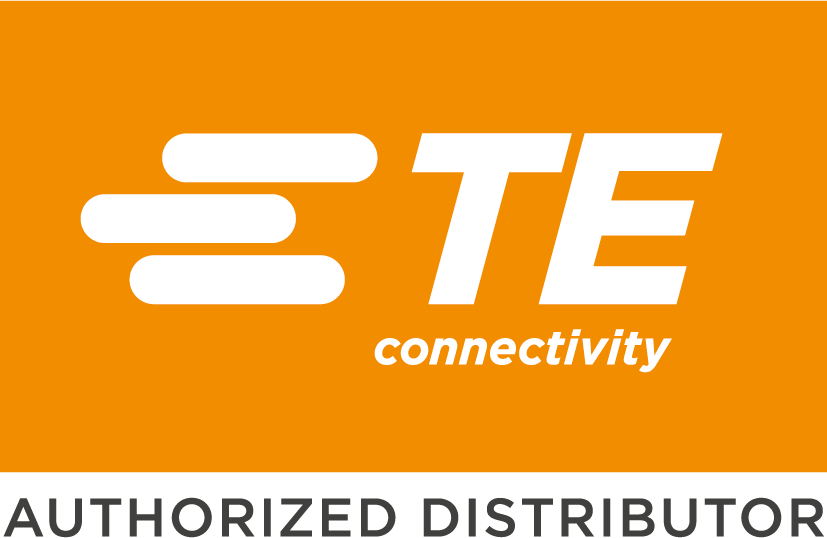
TE Connectivity Aerospace Defense and Marine
TE Connectivity Aerospace Defense and Marine is a leading global provider of advanced connectivity and sensor solutions for the aerospace, defense, and marine industries. The company offers a broad range of products, including connectors, sensors, antennas, harnesses, and other related components that are designed to meet the unique needs of its customers. TE Connectivity Aerospace Defense and Marine is known for its focus on innovation and quality, and its products are used in a variety of critical applications where reliability and durability are essential. Their connectors and sensors are used in commercial and military aircraft, missiles, satellites, and naval vessels. The company is committed to providing outstanding customer service and technical support to ensure that its products meet the high standards of its customers. With a global presence and a commitment to sustainability, TE Connectivity Aerospace Defense and Marine is a trusted partner to some of the world's most demanding customers in the aerospace, defense, and marine industries.
Coaxial Cables (RF)
Results:
97
Series
Cable Type
Shield Type
Jacket (Insulation) Material
Wire Gauge
Length
Conductor Strand
Jacket Color
Impedance
Jacket (Insulation) Diameter
Usage
Cable Group
Features
Results remaining:97
Applied Filters:
TE Connectivity Aerospace Defense and Marine
About Coaxial Cables (RF)
Coaxial cables, also known as RF (radio frequency) cables, are a type of electrical cable used for transmitting high-frequency signals and data. They consist of an inner conductor, surrounded by an insulating layer, a metallic shield, and an outer protective jacket. The inner conductor, typically made of copper or aluminum, carries the signal and is surrounded by a dielectric insulating material. This insulating layer helps maintain the integrity of the signal by preventing it from escaping or being interfered with. The dielectric material can be solid or porous, depending on the specific application requirements. The metallic shield, usually made of copper or aluminum, surrounds the dielectric layer and helps to minimize electromagnetic interference (EMI) and radio frequency interference (RFI). It acts as a barrier, preventing external signals from entering the cable and interfering with the transmitted signal. The outer protective jacket is the final layer of the coaxial cable, providing mechanical strength, protection against environmental factors, and insulation. It is typically made of materials such as PVC (polyvinyl chloride) or PE (polyethylene). Coaxial cables are widely used in various applications that require the transmission of high-frequency signals, such as telecommunications, cable television, computer networks, and RF instrumentation. They offer several advantages over other types of cables, including low signal loss, high bandwidth capabilities, and immunity to noise and interference. The performance of a coaxial cable is determined by its impedance, which is the measure of resistance to the flow of electrical energy. Common impedance values for coaxial cables include 50 ohms and 75 ohms, depending on the application. Different types of coaxial cables are available to meet specific application requirements. For example, RG-6 and RG-59 are commonly used in cable TV and satellite installations, while RG-8 and LMR-400 are popular choices for high-power RF applications. In summary, coaxial cables, or RF cables, are specialized electrical cables designed for transmitting high-frequency signals. They consist of an inner conductor, a dielectric insulating layer, a metallic shield, and an outer protective jacket. Coaxial cables offer low signal loss, high bandwidth capabilities, and immunity to noise and interference, making them suitable for various applications in telecommunications, broadcasting, and networking.


